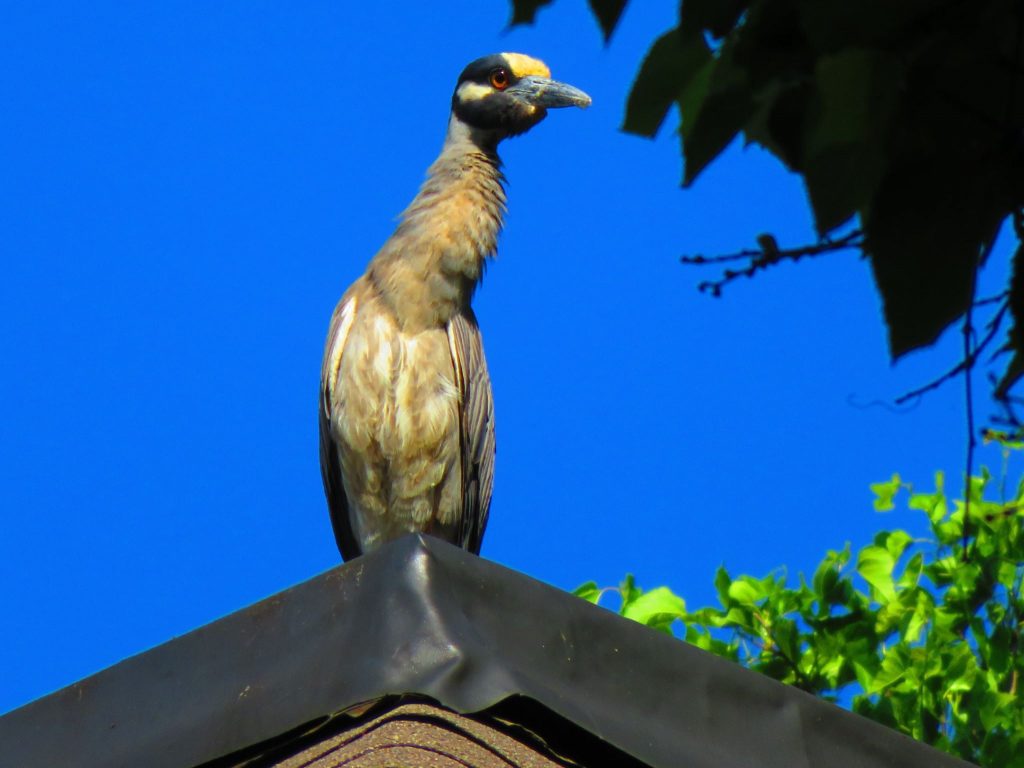Some rare birds that have called Harrisburg’s tall sycamore trees home are taking flight this week.
Yellow-crowned night herons have found unexpected habitat in Harrisburg’s urban Midtown neighborhood.
The species was deemed endangered by the state in 1999.
Sean Murphy, state ornithologist for the Pennsylvania Game Commission, said the herons were first spotted in Harrisburg around 2013, where they enjoy easy access to the wide and shallow Susquehanna River and feast on the crayfish.
Murphy outlined one theory about why the species ended up in Harrisburg is the protection from natural predators.
“And I think that maybe in these urban settings, raccoons and possums, they’re still there, but it’s almost like they have enough food around from dumpsters and other places where they’re able to locate enough food, that maybe they’re not scrambling up these trees trying to find a bird nest,” Murphy explained.
Murphy pointed out efforts to improve water quality in the Susquehanna, along with state endangered species protections, have helped keep the night herons safe during mating season.
The migratory birds are normally found in the state capital from April to October.
Jen Hirt, associate professor of English at Penn State Harrisburg and a Harrisburg resident, said she became fascinated with the herons when she first saw them, and now keeps track of when they arrive each year.
Hirt remarked she has noticed other people in the city have also grown fond of them.
“You know, when I think back 10 years ago, people would see these birds and kind of complain a little bit,” Hirt recounted. “‘Oh, that bird is so messy, it just poops all over my car, it’s really loud.’ But now, when I talk to people or post something to one of our social media pages, there’s almost always a greater understanding of why we should protect these birds and just kind of let them come back every year.”
Hirt added her heron count this year is lower than usual, but she hopes it means they’re back on the small islands along the Susquehanna, where they were first spotted regionally in the 1990s.




